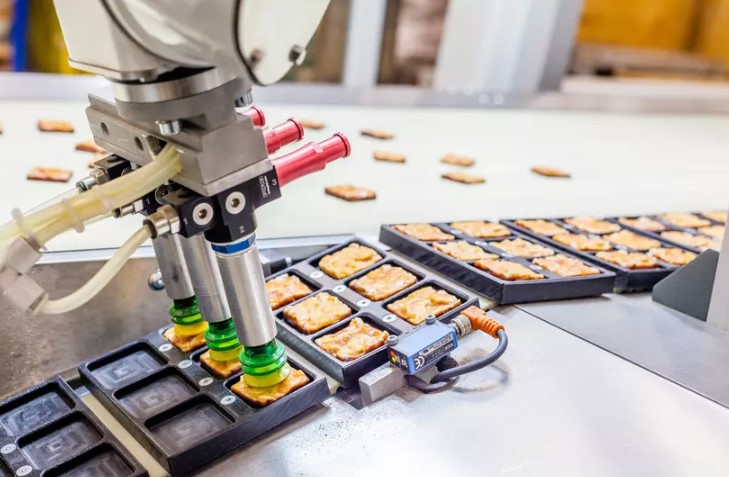
The Essential Guide to Choosing the Right Hot Melt Glue Tank for Your Business
In industries where speed, efficiency, and precision are paramount—such as packaging, product assembly, and woodworking—hot melt adhesives have become a trusted solution. At the heart of any reliable hot melt adhesive system is the hot melt glue tank—a key component that ensures adhesive is heated and dispensed properly.
But not all hot melt glue tanks are created equal. If you’re considering an upgrade or starting from scratch, understanding what to look for in a glue tank can significantly impact performance and cost-efficiency.
What Is A Hot Melt Glue Tank?
A hot melt glue tank is a heated reservoir designed to melt and maintain adhesives at optimal temperatures for application. These tanks are integral to automated and semi-automated systems where consistent adhesive flow and temperature control are critical to a clean, strong bond.
They’re widely used across sectors such as:
- Packaging and labeling
- Bookbinding
- Automotive assembly
- Electronics manufacturing
- Furniture and woodworking
Key Features To Consider
When selecting a hot melt glue tank, it’s important to evaluate several features that influence performance and suitability for your application.
1. Tank Capacity
Tank sizes vary from small tabletop models to large industrial units. Consider your production volume—smaller tanks may suffice for low-output tasks, but larger tanks reduce downtime caused by frequent refilling in high-volume environments.
2. Temperature Control
Precision temperature regulation is crucial for maintaining adhesive quality. Look for models with digital thermostats or programmable settings to avoid scorching or underheating the glue.
3. Melt Rate
The melt rate determines how quickly adhesive is ready for use. Faster melt times improve workflow efficiency, especially in operations with continuous production demands.
4. Pump Type
Hot melt tanks may use gear pumps or piston pumps. Gear pumps are better for consistent flow, whereas piston pumps are useful in high-pressure applications. Choose based on the viscosity of your adhesive and your system’s output requirements.
5. Compatibility
Make sure the tank is compatible with your glue type and application method, whether you’re using bead, spray, or swirl patterns. Some tanks support multiple applicators, ideal for complex or wide-format tasks.
Maintenance Matters
One of the most overlooked aspects of hot melt systems is maintenance. Residue build-up can clog lines and reduce efficiency, so choose a model that offers easy cleaning and parts replacement. Many tanks are built with non-stick linings and accessible filter systems to simplify upkeep.
Trusted Suppliers Make All the Difference
While product features are essential, so is the reliability of your supplier. You want a source that not only offers high-quality products but also understands your industry’s needs and provides excellent after-sales support.
If you’re in the market for a durable, high-performance solution, check out this selection of hot melt glue tanks. You’ll find options designed for a range of applications—from compact bench-top units to industrial-grade tanks—all backed by technical support and expert guidance.
Final Thoughts
Investing in the right hot melt glue tank can streamline your adhesive processes, reduce waste, and improve product quality. By understanding your application needs and selecting a tank with the right specifications, you ensure your business runs efficiently and effectively.
Whether you’re upgrading existing equipment or setting up a new system, always consider the long-term benefits of reliability, consistency, and easy maintenance. Your choice of tank could be the difference between a good bond—and a great one.


